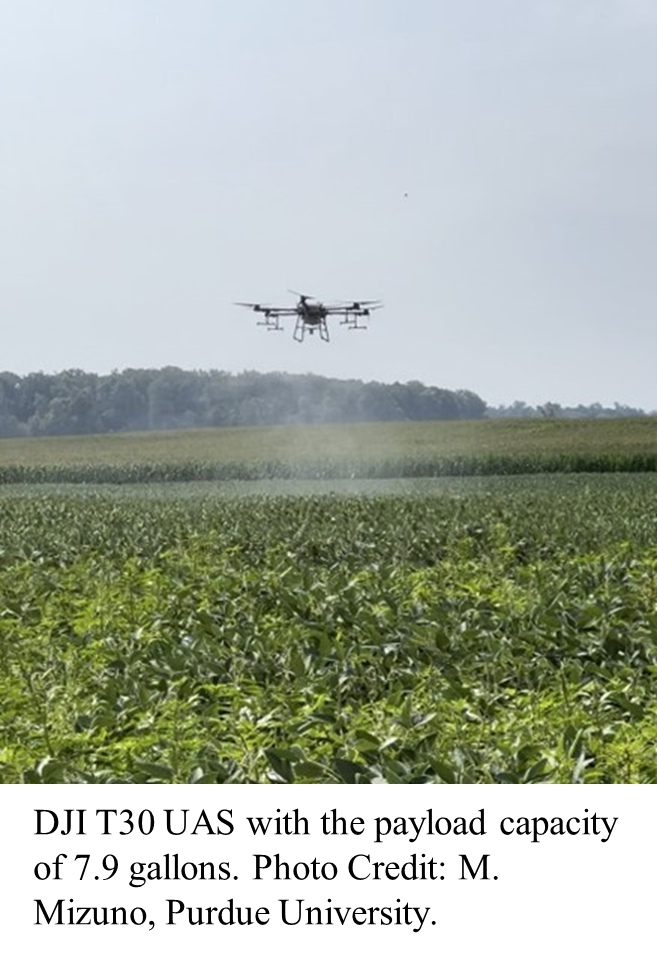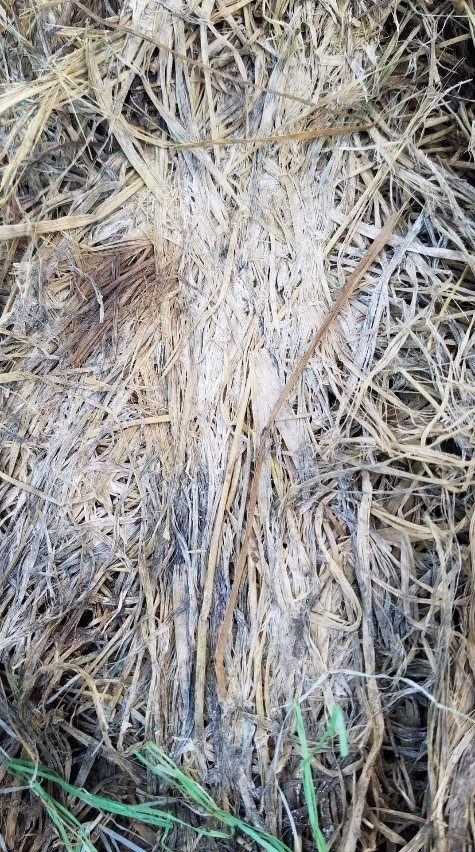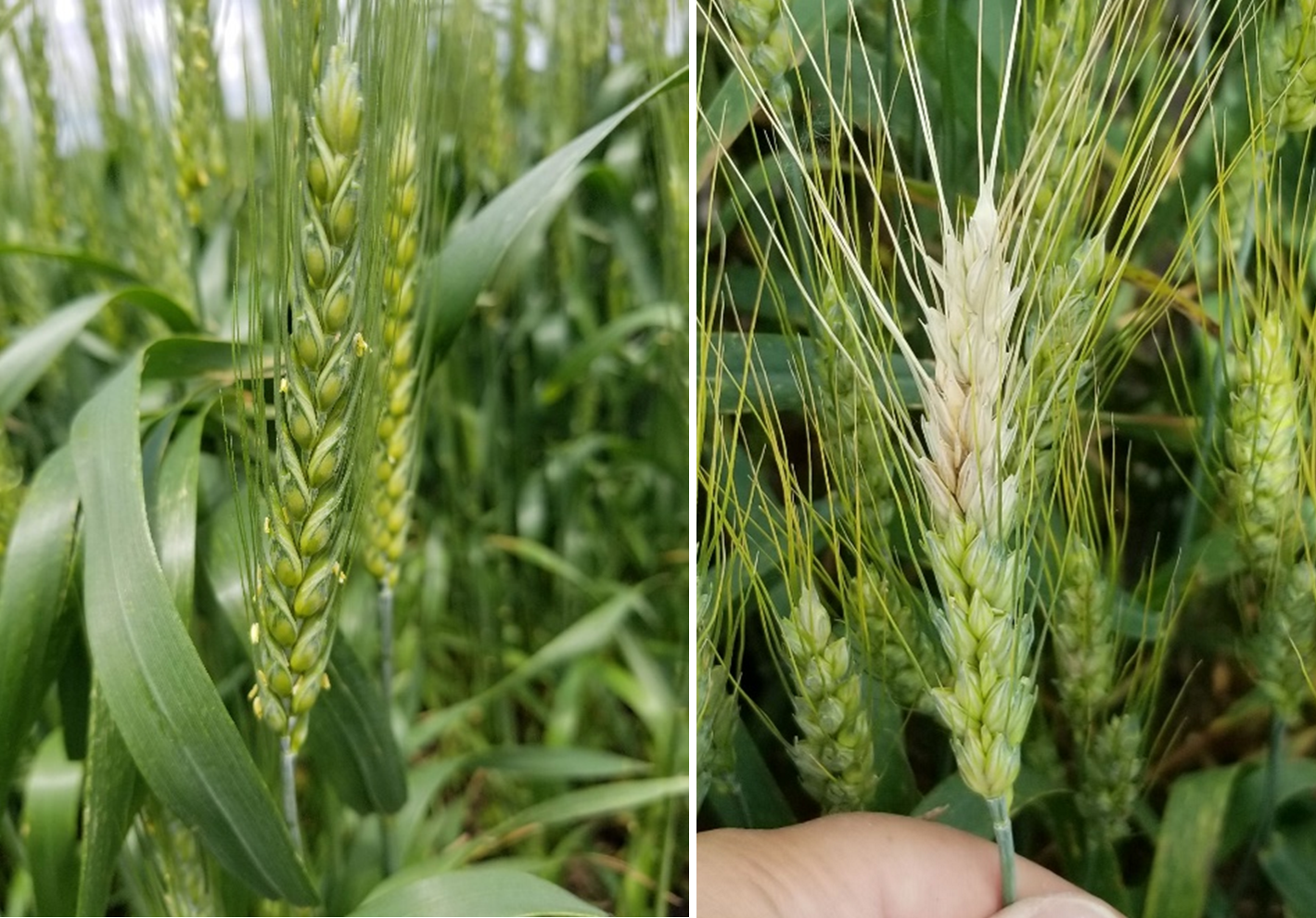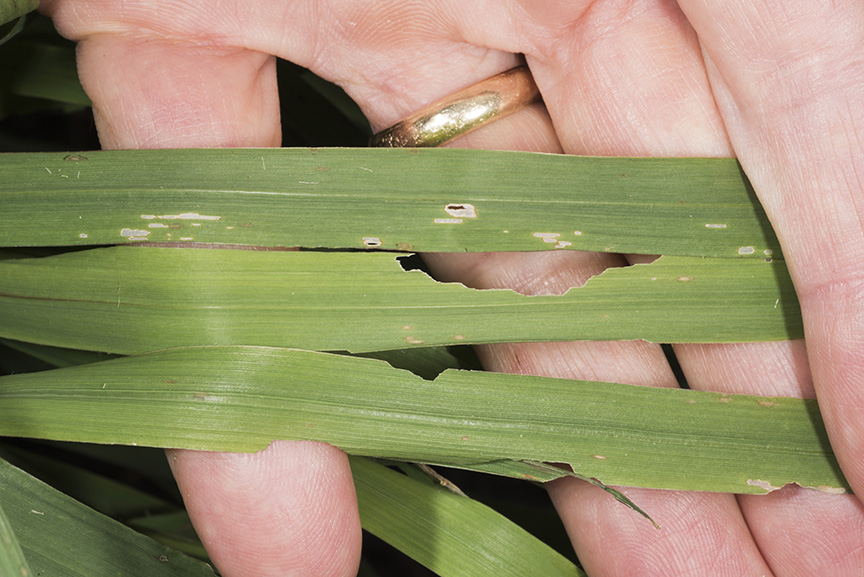Abundant rainfall has eliminated any drought across the Hoosier State, and we have April showers to thank for that. Fort Wayne had its wettest April on record with a whopping 7.39 inches of precipitation, over 3 inches above the normal 3.74 inches for April. In Indianapolis, it was the 8th wettest April on record with 7.77 inches, and in Frankfort, it was the 2nd wettest with 7.99 inches. 30-day precipitation departures reveal above normal precipitation for just about the entire state (Figure 1). 90-day precipitation departures tell a different story, with parts of southern Indiana up to 3 inches below normal (Figure 2). Even more significant are the 1-year departures, with most of the state anywhere from 4 to 12 inches below normal (Figure 3). Indiana will continue to need consistent precipitation to maintain the short-term recovery seen so far this Spring. The National Weather Service’s Climate Prediction Center (CPC)[Read More…]










